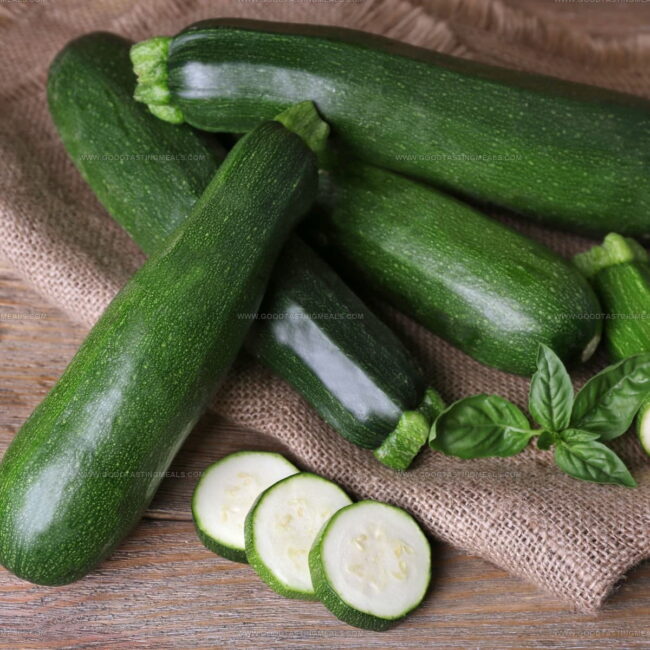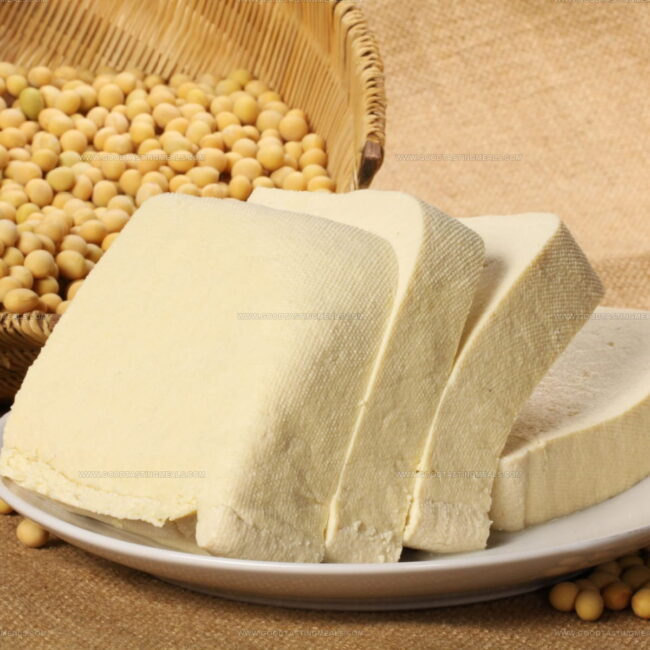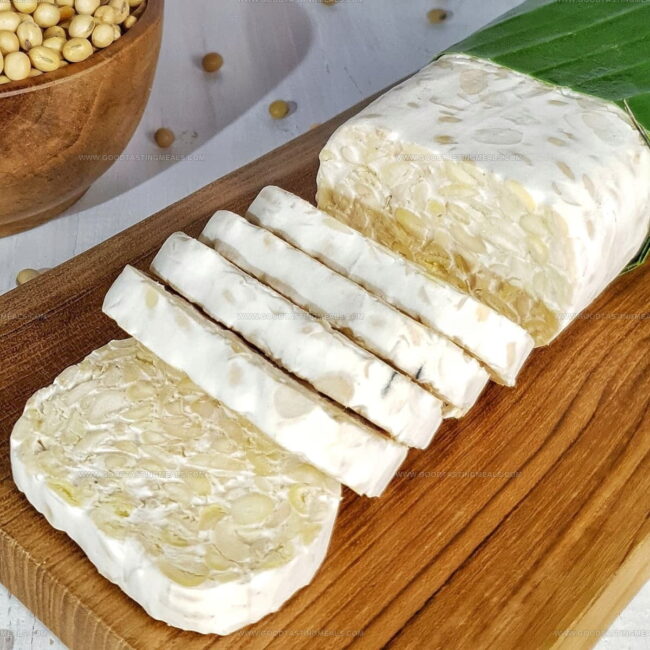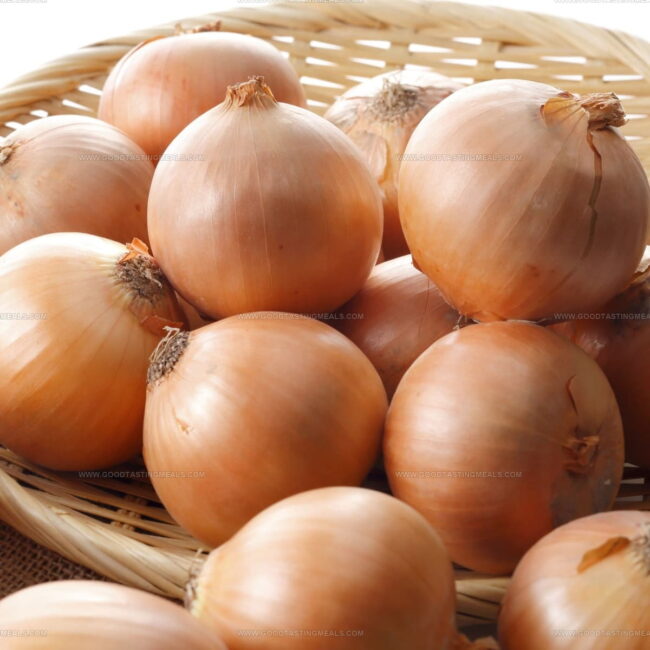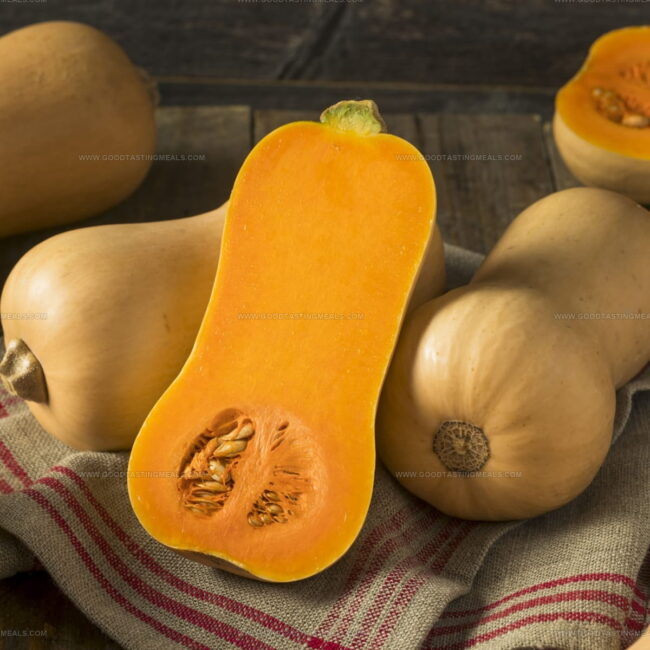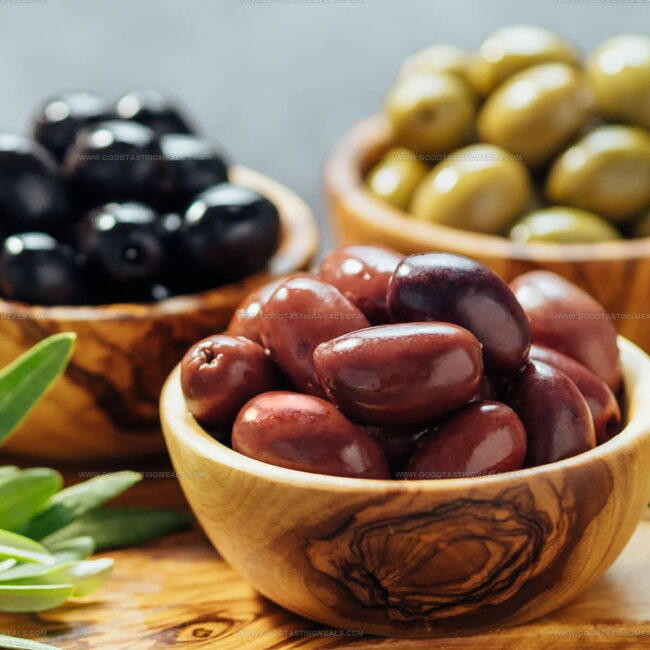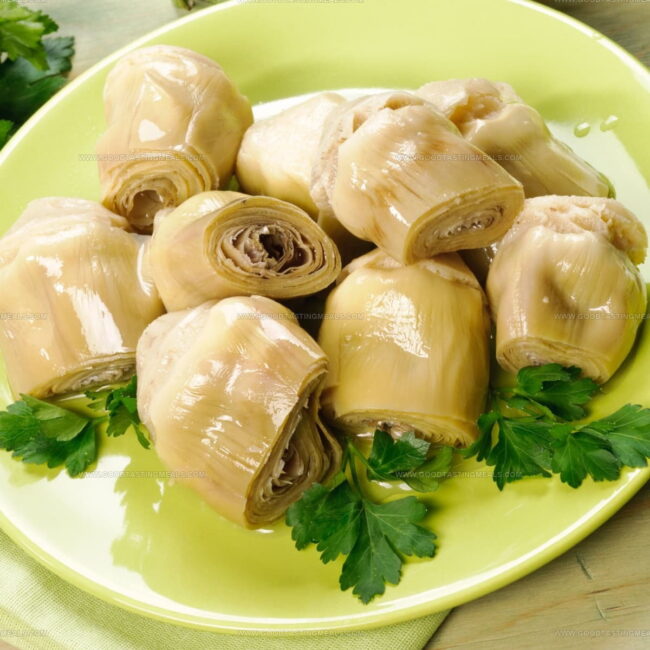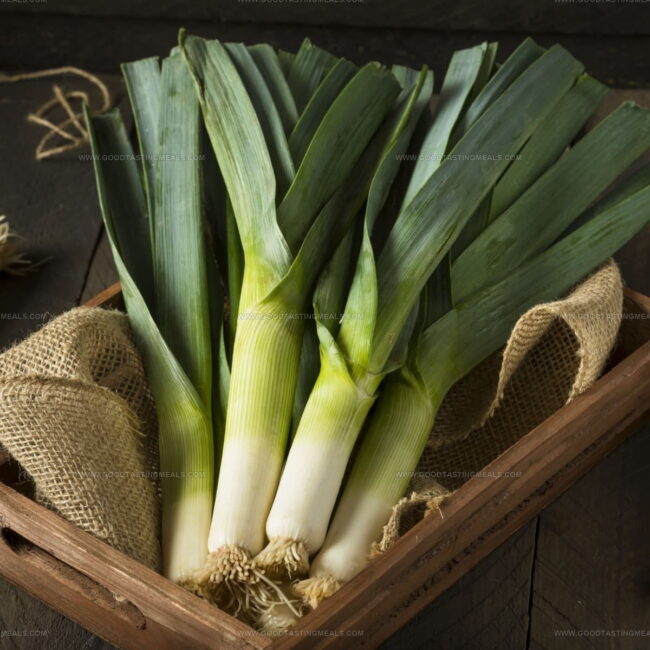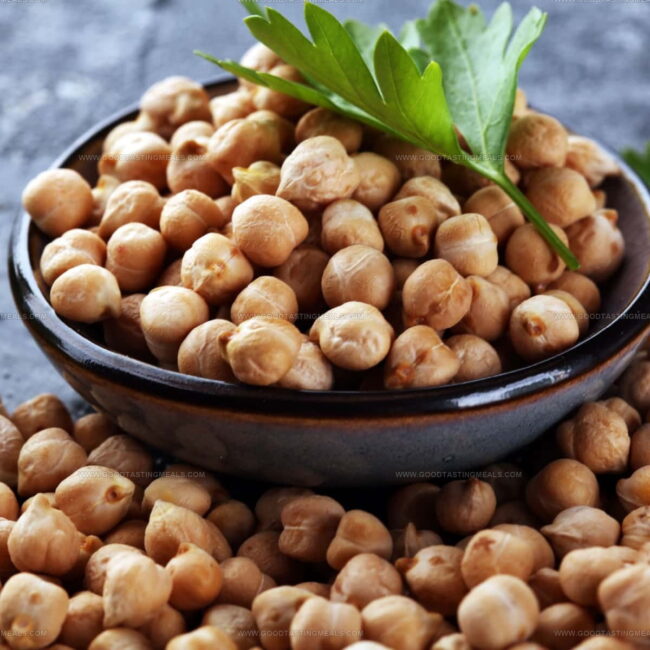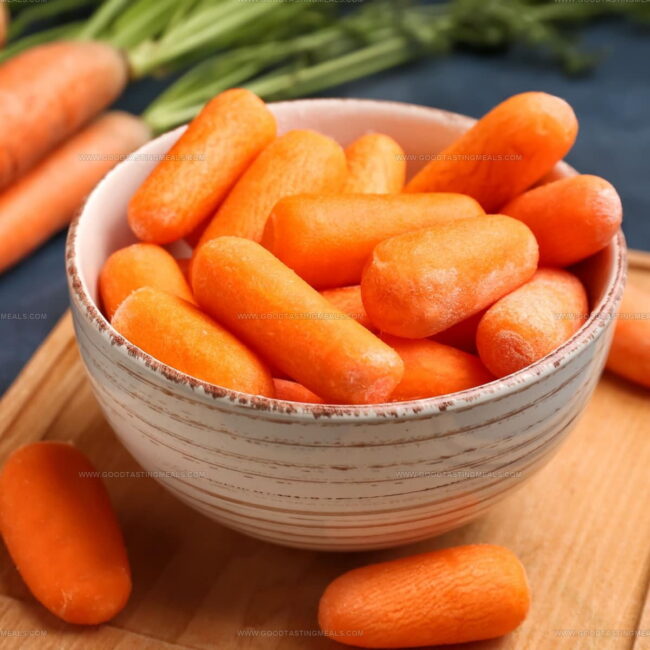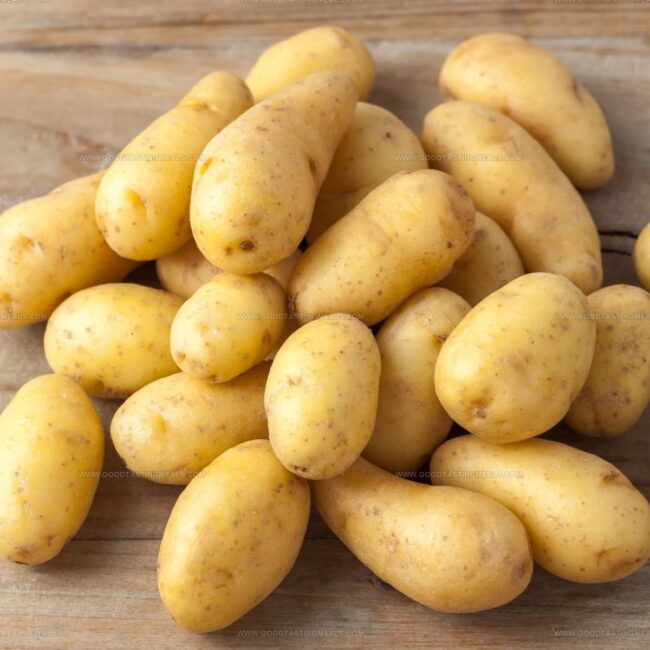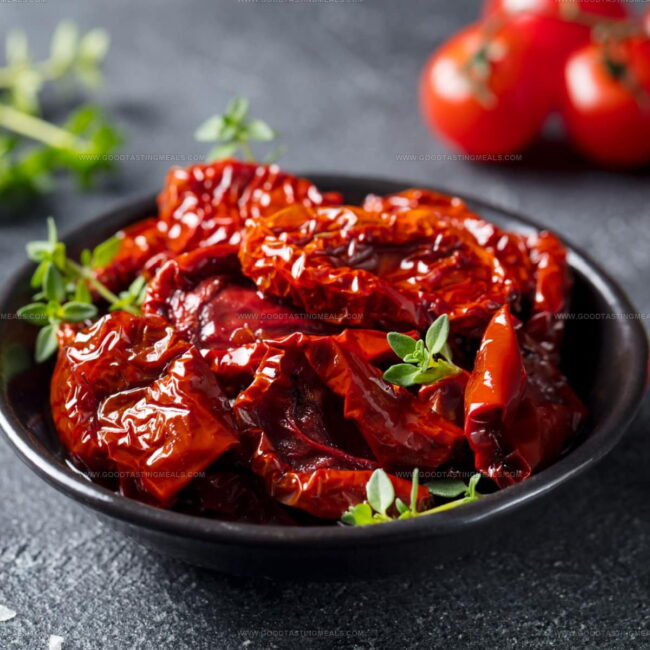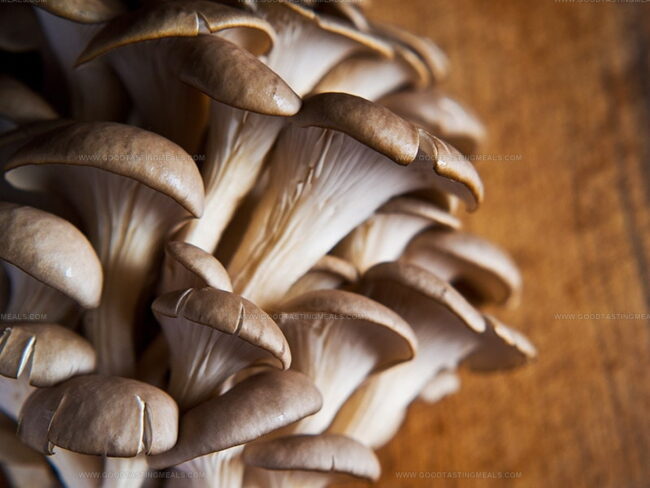15 Delicious Alternatives When Mushrooms Aren’t Your Thing
Mushrooms contribute umami richness and a meaty texture that enhances many vegetarian and meat-based dishes.
When mushrooms are unavailable, alternatives like eggplant, zucchini, or even cooked lentils can bring similar mouthfeel and savory notes.
Some substitutes add moisture while others provide a chewy bite, depending on the recipe.
These fifteen good mushroom substitutes offer a range of options to maintain depth and complexity in your cooking.
Understanding how each alternative behaves allows you to replicate mushroom qualities effectively.
Whether in sauces, stews, or sautés, these replacements ensure satisfying texture and flavor.
Learn how to creatively swap mushrooms without losing the essence of your dish.
Mushroom Overview
Mushrooms are these delightful little fungi that pop up in forests, fields, and even your grocery store, offering a world of shapes, colors, and flavors to explore.
From the earthy, meaty bite of portobellos to the delicate, nutty sweetness of chanterelles, they bring a satisfying umami boost to everything from simple sautés to gourmet risottos.
Beyond tasting great, mushrooms are nutritional powerhouses, packed with protein, fiber, B-vitamins, and immune-supporting compounds, yet low in calories and fat.
They’re also ecological all-stars, helping break down organic matter and nourish the soil, whether they’re growing wild or being carefully cultivated on farms.
What Mushrooms Bring to Recipes
Reasons You’ll Need Mushroom Substitutes
Perfect Replacements for Mushrooms
Mushrooms add earthiness and texture. If you don’t have them, you can still bring depth to your dish. Look for something that blends in well.
Zucchini
Substituting zucchini for mushrooms creates a wonderful alternative in many recipes since this mild veggie absorbs flavors beautifully while adding satisfying bulk to dishes.
The texture works particularly well in casseroles and stews where zucchini's neutral taste makes it an excellent stand-in for milder mushroom varieties like whites and chestnuts.
For best results, a quick 30-minute salt treatment helps draw out excess moisture, preventing sogginess in your final dish.
Most recipes allow for a simple 1:1 replacement ratio, making this swap incredibly straightforward for everyday cooking.
Dishes requiring the distinctive earthiness of shiitakes or portobellos might need different substitutes as zucchini lacks that robust mushroom character.
Tofu
Tofu stands out as the top mushroom replacement for vegans due to its protein content and similar texture.
This versatile soybean product has a mild taste that absorbs surrounding flavors beautifully, making it perfect for dishes where mushrooms typically shine.
Firm tofu works best in stir-fries and quick meals as a simple one-to-one substitute, maintaining its structure during brief cooking times.
For best results, you should season it well since plain tofu lacks the natural umami that mushrooms provide.
Long-simmering recipes like soups aren't ideal for tofu because it tends to break down and lose its mushroom-like quality when cooked too long.
Tempeh
Tempeh, the firmer and chewier sibling of tofu, stands out as an excellent mushroom substitute with its earthy taste and ability to absorb flavors from other ingredients wonderfully.
This fermented soybean product offers more nutritional value than tofu while maintaining that satisfying texture many dishes need.
Slicing, cubing, or chopping tempeh gives you endless possibilities in stir-fries, casseroles, soups, and stews where a simple 1:1 substitution for mushrooms works perfectly.
International food stores and Asian supermarkets typically carry tempeh, though it can be harder to find than more common ingredients.
Next time you're cooking and need a mushroom alternative, tempeh might just become your new favorite kitchen staple.
Eggplant
Substitution techniques allow chefs to create incredible dishes even when certain ingredients aren't available.
Eggplant, with its remarkable ability to absorb flavors and provide a meaty texture, stands out as the perfect mushroom alternative in many recipes.
The purple vegetable works beautifully in bold-flavored dishes featuring soy sauce or garlic, while also offering impressive nutritional benefits through its vitamin and mineral content.
For best results, most experienced cooks recommend dicing and salting eggplant before cooking to draw out excess moisture, a simple step that dramatically improves both texture and flavor.
This versatile ingredient performs wonderfully whether baked, grilled, or fried, though careful timing remains essential since eggplant can quickly shift from perfectly tender to unpleasantly mushy.
Onion
Onions serve as an excellent mushroom substitute in many dishes, offering a rich depth of flavor despite their different texture.
When caramelized, these versatile vegetables create wonderful complexity in soups, stews, and sauces that would normally rely on mushrooms for earthy notes.
The wide variety of onions available- ranging from sweet Vidalias to sharp red onions- gives cooks plenty of options depending on the desired taste profile.
For better texture similarity, chopping onions finely before cooking helps mimic the mouthfeel of mushrooms more closely.
Most recipes work well with a simple 1:1 substitution ratio, though some dishes might benefit from additional onions if the original recipe called for both ingredients.
Squash
Substituting ingredients allows home cooks to experiment with new flavors, especially when dietary restrictions or personal preferences come into play.
Butternut squash and pumpkin serve as surprisingly effective replacements for mushrooms in soups, stews, and even stroganoff dishes, thanks to their ability to absorb surrounding flavors despite their slightly sweeter profile.
Yellow squash offers another nutrient-rich alternative that can approximate mushroom flavor when chopped small and cooked until tender.
Most liquid-based recipes work well with a simple 1:1 replacement ratio, though stroganoff specifically benefits from doubling the amount of squash compared to mushrooms.
These vegetable alternatives not only solve the problem of mushroom allergies or aversions but also add nutritional variety to familiar dishes without compromising on taste.
Olives
Swapping olives for mushrooms can completely change your pizza or pasta experience with their rich, salty flavor making them a fantastic substitute.
Kalamata varieties offer the best replacement, though any olive type works well in your Italian dishes.
The key is moderation since olives pack more saltiness than mushrooms and could overwhelm your taste buds if used too generously.
For perfect results, use equal amounts when making the switch - one part olives for one part mushrooms.
This simple substitution adds a Mediterranean twist to classic recipes without requiring any special cooking techniques or extra preparation time.
Artichoke Hearts
Artichoke hearts offer a wonderful mushroom alternative for pizza and pasta dishes thanks to their earthy flavor and similar texture.
The 1:1 substitution couldn't be easier - just swap the same amount of artichoke hearts for mushrooms in any recipe.
Canned artichoke hearts preserved in water work best since marinated versions introduce competing flavors that might change your dish.
Many cooks actually prefer this swap because artichokes provide more nutritional benefits with additional vitamins and fiber compared to mushrooms.
Home chefs with mushroom-averse family members find this replacement particularly helpful since the mild taste rarely triggers the same objections.
Leeks
Leeks offer a slightly sweeter and milder flavor than their onion cousins, plus a delightful earthy taste similar to mushrooms but with a unique hint of sweetness.
These versatile vegetables shine in stews, soups, and pasta dishes where their firmer texture adds wonderful substance.
For stir-fries, a good substitution ratio is two cups of leeks for every cup of mushrooms, while baked dishes like chicken marsala or pizza work well with a simple 1:1 swap.
Caramelizing leeks before adding them to pizza brings out their natural sweetness and creates an incredible depth of flavor.
The subtle complexity of leeks can elevate even the simplest dishes without overpowering other ingredients.
Chickpeas
Mushroom substitutes can save your dish when you're out of this earthy ingredient, with chickpeas standing out as the most remarkable alternative due to their similar nutty flavor profile and creamy texture when cooked.
These protein-packed legumes work beautifully in stews, soups, and casseroles where mushrooms would typically shine, making them an excellent 1:1 replacement especially for milder mushroom varieties.
Chickpeas not only mimic that satisfying bulk and earthiness that mushrooms provide, but they also boost your meal with extra fiber and nutrients that benefit your health in ways mushrooms can't match.
For best results in your cooking, remember to fully cook dry chickpeas before adding them to recipes so they achieve that perfect tender consistency.
Lentils
Lentils offer a perfect substitute for mushrooms with their earthy and nutty taste that adds substantial bulk to dishes without overwhelming other flavors.
These legumes pack an impressive nutritional punch as an excellent source of fiber while working beautifully in soups, stews, and stir-fries that call for mushrooms.
Brown and green lentils make ideal replacements for button and chestnut mushrooms because they maintain their shape during cooking without becoming mushy.
Black beluga lentils work best when you need to replace more exotic varieties like shiitake, porcini, or oyster mushrooms in your recipes.
For best results, use a 1:4 substitute ratio of lentils to mushrooms, being mindful not to use too many lentils as they can make your final dish considerably heavier than the mushroom-based original.
Carrots
Substituting carrots for mushrooms in cooking creates surprisingly good results, especially when making beef Wellington where pureed carrots work beautifully in place of duxelles.
Many dishes like chicken marsala, stir-fries, soups, and stews can benefit from this swap, though the sweeter carrot flavor differs from mushrooms' earthy taste.
The simplicity of a 1:1 replacement ratio makes this alternative incredibly easy for anyone to try at home.
Carrots offer a colorful twist that maintains texture while adding nutritional benefits not found in fungi.
You can enhance the substitute by adding a dash of soy sauce or miso paste if you miss that umami quality mushrooms typically provide.
Potatoes
Russet potatoes stand out as excellent substitutes because they absorb flavors and cooking liquids better than most alternatives.
These natural sponges maintain their shape perfectly during long cooking times, making them ideal for hearty stews and soups.
Using a simple 1:1 ratio when swapping in russets ensures your recipe stays balanced without any measuring headaches.
The starchy texture of russets creates a satisfying mouthfeel that other potato varieties simply can't match.
Sun-Dried Tomatoes
Sun-dried tomatoes stand out as an exceptional mushroom substitute that many cooks overlook in their kitchens.
These intensely flavored gems bring remarkable richness and unexpected earthiness to dishes, mimicking the umami qualities of porcini and shiitake mushrooms without the fungal texture some people dislike.
For best results in sauces and stews, about 4-5 sun-dried tomatoes can replace every 50 grams of mushrooms called for in your recipe.
Pizzas and pasta dishes benefit from thinly sliced tomatoes, where a simple 1:1 swap works perfectly to maintain flavor balance.
The natural sweetness and concentrated taste make sun-dried tomatoes an exciting alternative that often surprises even dedicated mushroom fans with their versatility.
Seitan
Seitan stands out as the premier substitute for portobello mushrooms with its wheat gluten composition offering low-carb, high-protein benefits that health-conscious eaters love.
This earthy and sturdy alternative mimics the chewy, dense texture of portobellos perfectly while acting as a flavor sponge that absorbs all the delicious tastes in your recipe.
Many cooks find seitan works wonders in stews, casseroles, and slow-cooked dishes, plus it performs beautifully in stir-fries similar to tofu.
The downside is its higher price point and limited availability in standard grocery stores, though Asian food stores and international markets typically stock it regularly.
For best results, simply replace mushrooms with an equal amount of seitan in your favorite dishes.
Choosing Mushroom Substitutes Based on Recipes
In different recipes, the goal of mushroom substitution is to match texture, flavor-absorption, and cooking behavior to keep your recipe’s spirit alive - even without mushrooms!
Soups and Stews
Focus on finding ingredients that can absorb and release liquid in a similar way, so your broth stays rich and balanced.
Look for elements that bring a gentle bite and meld seamlessly with spices, keeping the overall body of the dish intact.
Stir-Fries and Sautés
Aim for components that provide a satisfying chew and can carry flavors from sauces and aromatics.
Choose items that crisp up quickly yet still deliver moisture so your pan-fried dishes don’t turn dry.
Pasta and Risottos
Seek ingredients that integrate easily into creamy bases, contributing silkiness without overpowering the sauce.
Pick items that can soak up seasonings and enrich the dish’s natural umami, ensuring every forkful feels indulgent.
“Stuffed” Appetizers and Bites
Use vessels or cups that hold fillings well and offer a pleasant contrast between a tender exterior and flavorful center.
Opt for shapes that showcase your garnish or cheese topping, making each piece look inviting while standing up to baking or broiling.



